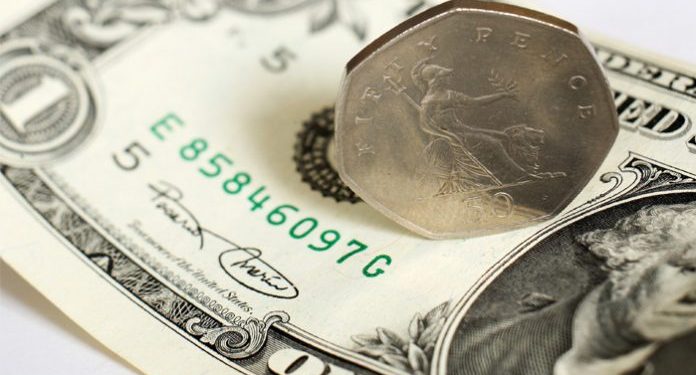The world of finance is constantly changing, and keeping up with the latest trends and news is crucial for investors and traders alike. One of the key players in the global financial landscape is the U.S. dollar, which remains the dominant currency in the world economy. In this blog post, we will take a closer look at the recent movements of the dollar, as well as other major currencies, and what this could mean for the global financial markets.
The U.S. dollar has been in focus recently, with the Dollar Index recovering after overnight losses. The index, which measures the greenback against a basket of six other major currencies, traded 0.4% higher at 101.640, after dropping around 0.3% the previous session. This recovery follows the release of data showing that U.S. consumer inflation eased slightly in April, which points towards a pause in the Federal Reserve’s aggressive monetary tightening cycle.
However, the dollar’s gains were limited due to the uncertainty over the U.S. debt ceiling. U.S. Treasury Secretary Janet Yellen warned about the potential global economic damage a default would trigger, and this has inevitably weighed on risk sentiment, offering support to the dollar. As ING analysts note, there is now growing concern that it might actually take a market sell-off (in the equity or money markets) to break the impasse.
Sterling, on the other hand, remained near recent highs ahead of the Bank of England’s latest policy-setting meeting. GBP/USD fell 0.3% to 1.2588, falling back from Wednesday’s one-year high of 1.2679. The Bank of England is set to announce its 12th straight rate hike at its policy meeting later in the session as it tackles headline inflation in double figures, the highest inflation of any big advanced economy. ING analysts predict that hawkish inflation and wage data last month point to another 25 basis-point rate Bank of England rate hike, but the Bank’s recent emphasis on the lagged impact of past tightening suggests the bar for subsequent moves remains high.
EUR/USD fell 0.3% to 1.0946, moving back to the middle of its trading range over the past month after recent gains on the back of last week’s increase of borrowing costs. French ECB policymaker Francois Villeroy de Galhau said on Wednesday that further rate hikes would be “more marginal”, adding that it is the future impact of these past rate hikes that should, for the most part, allow them to reach their objective within two years.
USD/JPY rose 0.1% to 134.51, after the yen posted strong gains in overnight trade after U.S. yields slumped in the wake of the U.S. consumer inflation data. AUD/USD fell 0.5% to 0.6744, while USD/CNY rose 0.1% to 6.9376, with the yuan falling to a two-month low after weak Chinese inflation data suggested a tepid economy.
So, what does all of this mean for the global financial markets? The movements of major currencies, such as the U.S. dollar, are closely watched by investors and traders, as they can impact the prices of commodities, stocks, and bonds. The uncertainty over the U.S. debt ceiling and the potential for a default is a cause for concern, and this could lead to increased volatility in the markets.
The Bank of England’s decision to hike interest rates again also has the potential to impact the markets, particularly as inflation remains high. The European Central Bank’s more cautious approach to rate hikes suggests that the global economic recovery may not be as robust as some had hoped, and this could lead to lower confidence in the markets.
In conclusion, the movements of currencies in the global market are always subject to a wide range of economic and geopolitical factors. The U.S. dollar, which is the world’s reserve currency, is closely watched by traders and investors as a barometer for global economic health. In the current context, the U.S. dollar is being affected by the uncertainty over the U.S. debt ceiling and the Fed’s monetary policy, while sterling is being influenced by the Bank of England’s policy stance towards inflation.
It is important for traders and investors to stay up-to-date with the latest economic data and geopolitical events in order to make informed decisions on currency trading. With the ongoing pandemic, the economic landscape remains volatile and unpredictable. Therefore, it is advisable for traders to remain cautious and to have a diversified portfolio of currencies.










